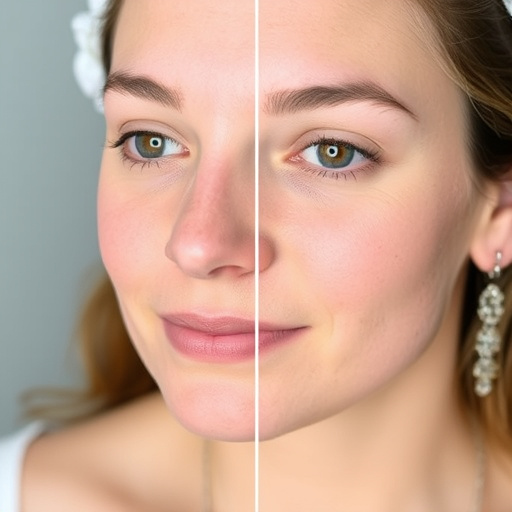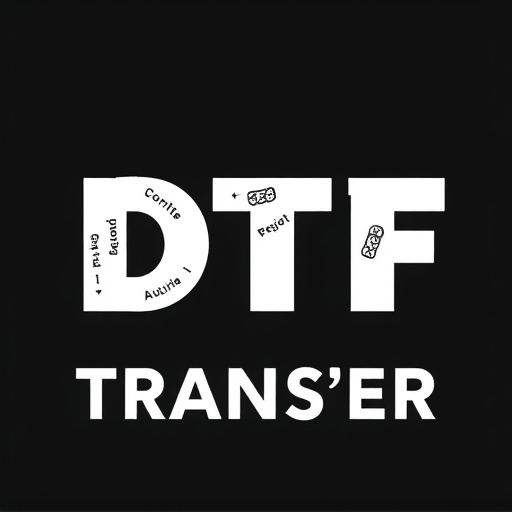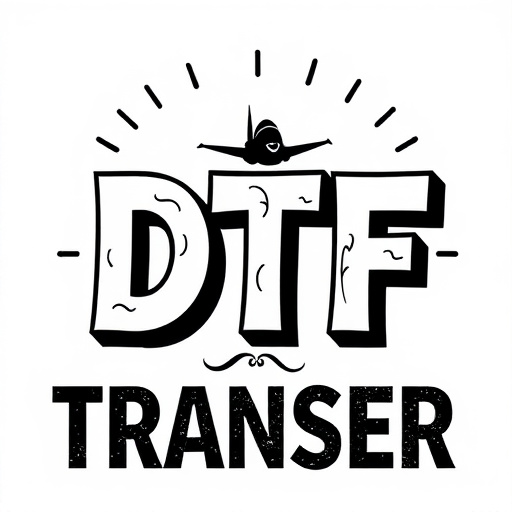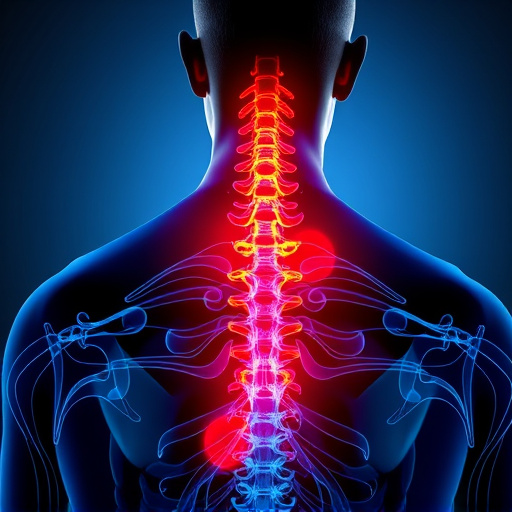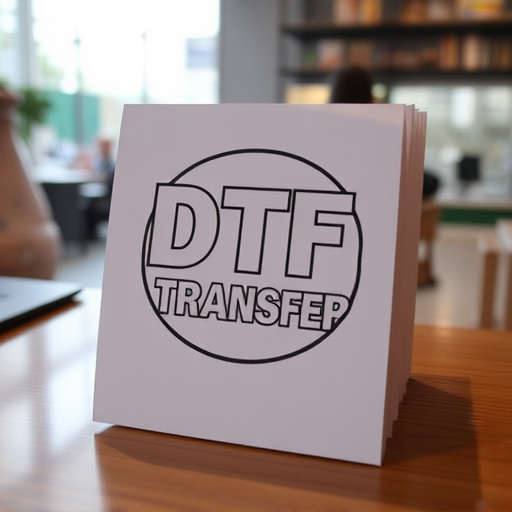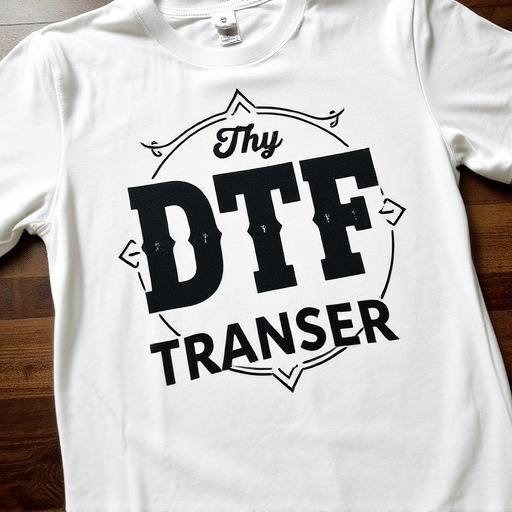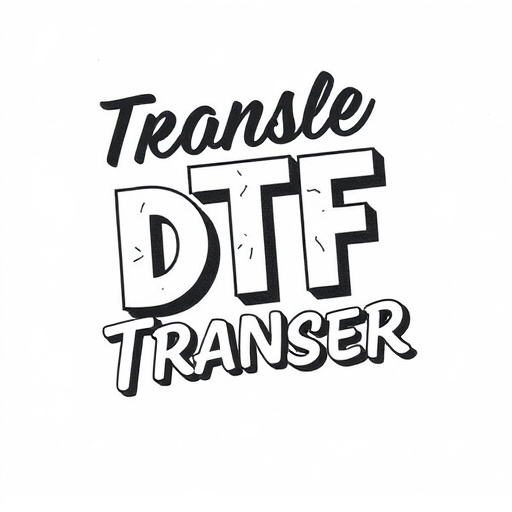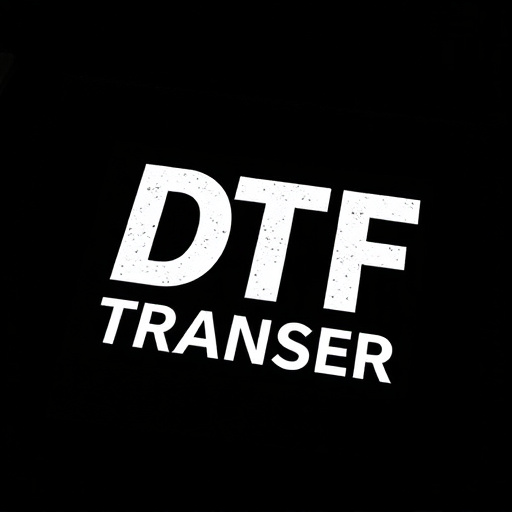DTF Printing is a game-changer in applied design, offering enhanced durability and resilience through direct printing on various surfaces. This technology eliminates intermediate materials, ensuring designs are resistant to fading, wear, and environmental factors. With intricate detail capabilities, cost-effectiveness, and longevity, DTF Printing is ideal for outdoor advertising, automotive, and industrial signage. Key factors influencing its lifespan include printing quality, substrate choice, and environmental conditions, while future advancements aim to boost durability, explore new materials, and integrate smart design elements.
Direct-to-film (DTF) printing has emerged as a game-changer in product design, offering unparalleled longevity and resilience. This article delves into the world of DTF, exploring its unique advantages for enhancing product durability. From understanding the printing process to examining real-world applications, we uncover why DTF applied designs stand the test of time. We also analyze factors influencing print longevity and discuss future innovations in this promising technology.
- Understanding Direct-to-Film (DTF) Printing: A Brief Overview
- The Unmatched Durability of DTF Applied Designs
- How DTF Enhances Product Resilience Over Time
- Real-World Applications: Longevity in Action
- Factors Affecting the Longevity of DTF Prints
- Future Prospects and Innovations in DTF Printing for Longevity
Understanding Direct-to-Film (DTF) Printing: A Brief Overview
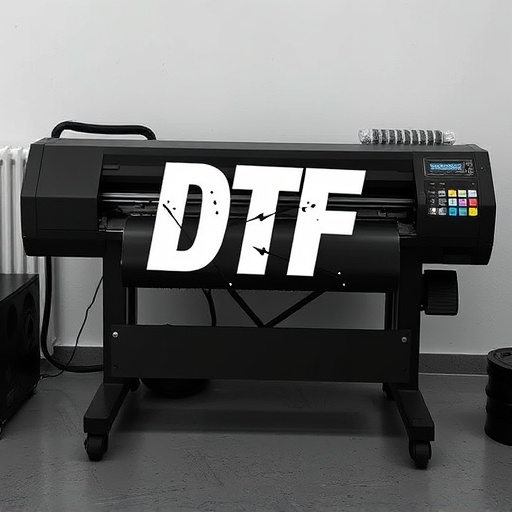
Direct-to-Film (DTF) Printing is a cutting-edge technology that has revolutionized the way we approach applied designs, especially in terms of longevity and resilience. This innovative process involves printing directly onto various surfaces using specialized inks and equipment, offering a durable and high-quality finish. DTF Printing differs from traditional printing methods as it eliminates the need for intermediate materials, allowing for direct application to films, plastics, metals, and other materials used in signage, packaging, and even architectural applications.
The key advantage of DTF Printing lies in its ability to produce long-lasting, vibrant designs that are resistant to fading and wear. The inks used in this process are specifically formulated to adhere strongly to the substrate, ensuring the design remains intact for extended periods. Moreover, DTF Printing enables intricate detail and precision, making it suitable for complex patterns and graphics that demand high visual impact. This technology has become increasingly accessible, offering businesses a cost-effective solution for creating eye-catching, durable designs without compromising on aesthetics or longevity.
The Unmatched Durability of DTF Applied Designs
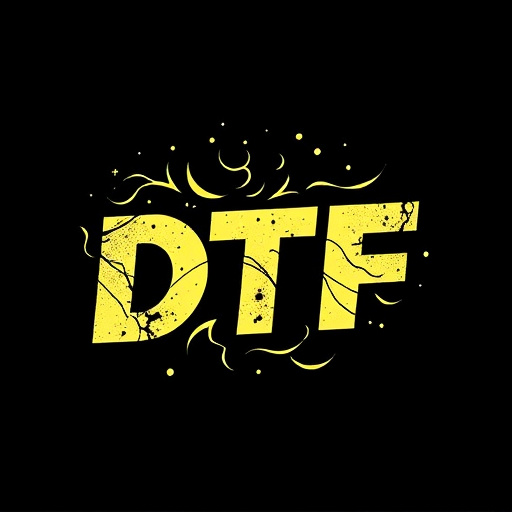
Direct-to-film (DTF) printing offers unmatched durability for applied designs, making it an ideal choice for long-lasting solutions. The process involves transferring ink directly onto various materials, including plastics, metals, and even textiles, creating a robust bond that withstands rigorous conditions. This method eliminates the need for additional coatings or finishes, resulting in enhanced structural integrity.
Compared to traditional printing techniques, DTF provides superior resistance to weathering elements, chemicals, and abrasions. The direct application ensures that the design is fully integrated into the substrate, preventing peeling, flaking, or fading over time. This longevity makes DTF applied designs particularly valuable in industries like outdoor advertising, automotive, and industrial signage, where products need to maintain their aesthetic appeal and functionality for extended periods.
How DTF Enhances Product Resilience Over Time

Direct-to-film (DTF) printing offers a distinct advantage in enhancing product resilience and longevity, especially in demanding environments. The process involves applying designs directly onto various materials, including plastics, metals, and fabrics, by using advanced printing technologies like UV or solvent inkjet printing. This method ensures that the design becomes an integral part of the substrate, making it more durable and resistant to fading, peeling, or cracking over time.
Compared to traditional methods where designs are applied as a separate layer, DTF printing creates a seamless bond between the image and the material. This structural integration is particularly beneficial in industries where products are exposed to harsh conditions, such as outdoor advertising, automotive parts, or industrial machinery. The direct application reduces the risk of design delamination or degradation, ensuring that the product retains its aesthetic appeal and functional integrity for an extended period.
Real-World Applications: Longevity in Action
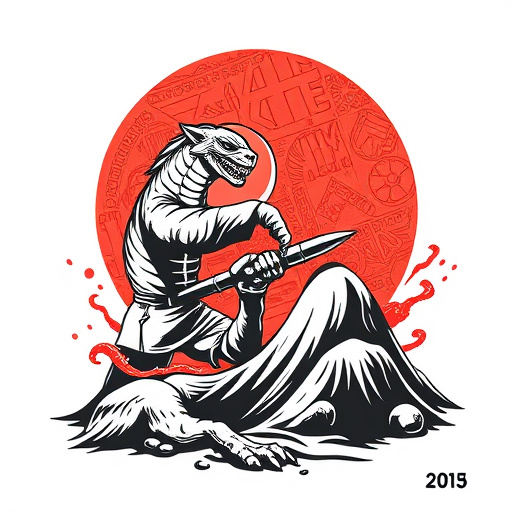
Direct-to-film (DTF) printing technologies have found their niche in various real-world applications, showcasing their remarkable longevity and resilience. From outdoor signage and advertising boards to wayfinding displays and even architectural fixtures, DTF-printed designs have stood the test of time—both literally and metaphorically. The durability of these prints is a testament to the advanced materials and precision engineering behind DTF printing methods.
In bustling cities and vibrant metropolises, DTF-printed banners and posters are exposed to varying weather conditions, including intense sunlight, rain, snow, and even harsh winds. Yet, these designs remain vibrant and legible for extended periods, outperforming traditional printing methods that might fade or deteriorate faster. This longevity is particularly valuable for businesses and organizations looking for cost-effective, long-lasting solutions for their marketing and branding efforts.
Factors Affecting the Longevity of DTF Prints
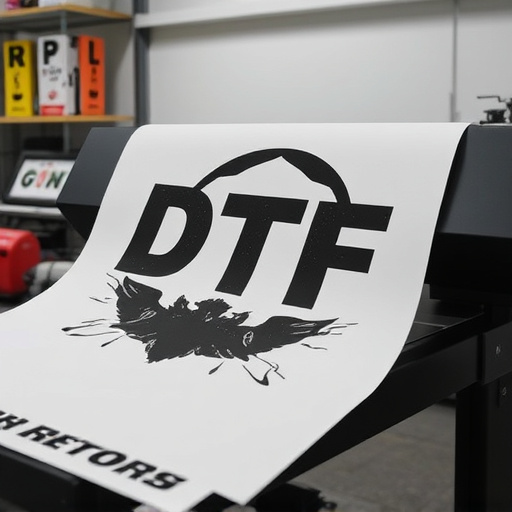
Several factors influence the longevity and durability of direct-to-film (DTF) prints, a key consideration for designers and manufacturers alike. First, the quality of the printing process plays a significant role; using high-resolution printers and top-tier inks ensures that the final product is vibrant and long-lasting. Additionally, the choice of film or substrate is critical; durable materials like vinyl or polyester can withstand environmental stresses better than paper or less robust films.
Another factor affecting longevity is exposure to elements like sunlight, moisture, and heat. UV rays from sunlight can degrade inks and cause colors to fade over time, so using outdoor-grade inks and laminates can mitigate this effect. Moisture and varying temperatures can also impact the integrity of DTF prints, making it essential to consider storage and display conditions to maximize their lifespan.
Future Prospects and Innovations in DTF Printing for Longevity

The future of direct-to-film (DTF) printing looks promising, with innovations focused on enhancing longevity and resilience. As technology advances, DTF printers are becoming more precise, allowing for intricate and detailed designs that can withstand the test of time. Researchers and manufacturers are exploring new materials and techniques to improve durability, ensuring that applied designs remain vibrant and intact for extended periods.
One promising direction is the development of specialized inks and coatings that offer superior resistance to fading, weathering, and environmental factors. These advancements could significantly extend the lifespan of DTF-printed applications, making them suitable for outdoor use and long-term projects. Additionally, integration with smart materials and sensors may open new possibilities for interactive and adaptive designs, further enhancing the functionality and longevity of direct-to-film printing in various industries.





